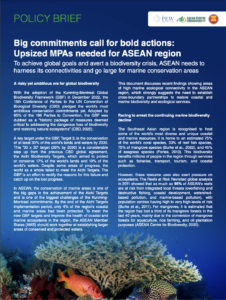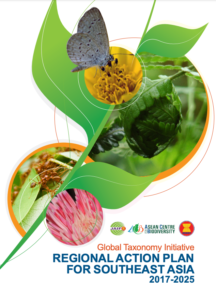Partnerships and collaborative relationships have greatly contributed to the implementation of the ACB’s programmes and projects, and thus are critical to the delivery of results and the assurance of the continued provision of high quality services for the benefit of the AMS. Since its establishment in 2005, the ACB has worked with a broad range of partners. The ACB will continue to maintain as well as build new partnerships for both financial and technical assistance and other forms of support. The ACB will:
- Continue to strengthen linkages with the Host Country institutions, AMS focal agencies for ACB, and the ASEAN Secretariat in the implementation of the ACB’s programmes and projects.
- Promote cross-sectoral collaboration with relevant ASEAN sectoral bodies.
- Continue to build partnerships through ASEAN dialogue, sectoral dialogue, and development partners.
- Promote cooperation with international organisations and NGOs to ensure continuity of biodiversity conservation programmes and delivery of services needed by the AMS.
- Maintain collaboration with biodiversity data holders, which have supported the CHM infrastructure and provided ideas towards identification and preparation of the ACB knowledge products.
- Create meaningful private sector partnerships by engaging the business community. The Centre will partner with the private sector and identify complementary activities in the promotion of biodiversity conservation and develop collaborative plans aligned with their corporate social responsibility (CSR) thrusts. The ACB hopes to expand its network of private sector partners through the various chambers of commerce and industry in other AMS by collaborating with the ASEAN Business Advisory Council (ASEAN BAC) to set up the ASEAN Business and Biodiversity Initiative (ABBI).
- Strengthen network of media practitioners.
- Develop and strengthen partnerships with research institutions to push for and facilitate the stronger interface of science and policy.





























